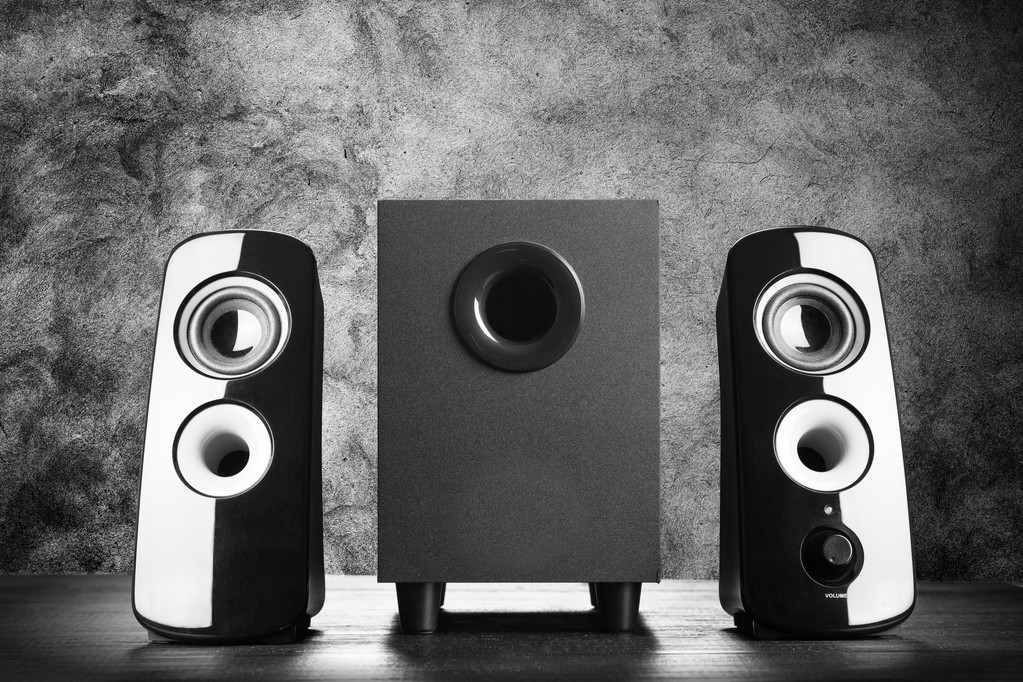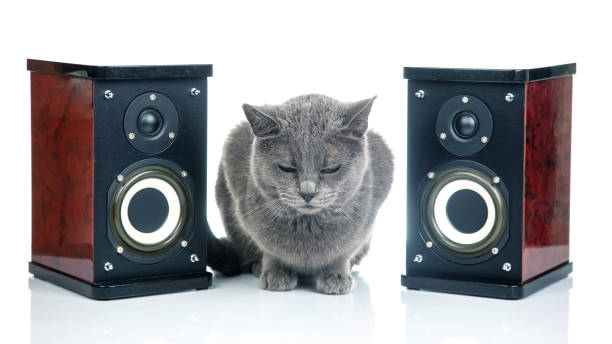
In the ever-evolving world of audio technology, Power over Ethernet (PoE) speakers have emerged as a revolutionary solution, transforming how we think about audio systems. These innovative devices leverage the capabilities of Ethernet cables to deliver both power and data, offering numerous advantages over traditional speaker setups. In this article, we'll delve into the key features, benefits, applications, and future potential of PoE speakers, illustrating why they are becoming the go-to choice for various audio installations.
What are PoE Speakers?
Power over Ethernet (PoE) technology allows electrical power and data to be transmitted over a single Ethernet cable. Originally developed to support devices like IP cameras and wireless access points, PoE has expanded its reach into the audio industry, giving rise to PoE speakers. These speakers eliminate the need for separate power cables, simplifying installation and reducing clutter. These speakers are typically connected to a network switch or a PoE injector, which provides the necessary power and data connectivity.
Key Features and Benefits
1. Simplified Installation:
However, this implies that, like most PoE speakers, their implementation is less of a curse to developers and even more of a blessing to integrators. Since only an Ethernet cable is used wherein both the power as well as the data have to be transported, there are a limited number of cables to manage. This is very helpful in large systems whereby procuring many lines could be time-consuming and expensive at the same time.
2. Cost-Effective:
POE speakers can be useful in that they reduce the costs of cabling and different power supplies as many are not required. Also, other probable cost savings result from the reduced pressures for power outlets in homes as well as business establishments.
3. Flexibility and Scalability:
Besides, PoE speakers are very flexible, and thus, people can mount them in different positions. Since they only run on a single Ethernet cable, they can be placed almost anywhere including areas in which other speakers would not be installed. Regarding applicability, this audio system is rather convenient; adding more to the system does not require additional cabling.
4. Network Integration:
This means that PoE speakers are advantageous when used in their ability to interface with the existing forms of networks without having to lay new forms of networks. Second of all, because of this integration, the controlling and power are situated in one area rendering it possible for users to swap and oversee audio systems as well as equipment through other operations. Another aspect that network integration allows is such excellent features as audio whispering, announcing, or even playing different songs in different zones at the same time.
5. Energy Efficiency:
Interestingly, the Power over Ethernet technology was developed with an understanding that energy supply is also a matter of concern while conveying it as well. This means that PoE speakers are a greener solution, which is demanded by the modern tendencies when green technologies are integrated into as many spheres as possible today
Applications of PoE Speakers
The versatility of PoE speakers makes them suitable for a wide range of applications, click here to know more.
1. Commercial Spaces:
In offices, commercial stores, and any business establishment, PoE speakers can function as background music, announced messages, or paging. These are good for organizations whose audio requirements are likely to shift significantly over time, because they are simple to install, and incorporate into a network.
2. Educational Institutions:
Some of the applications of PoE speakers for schools and universities are classroom audio, general announcements, and even emergency warnings. The control and the monitoring of the speakers from the central location guarantee an effective administration and immediate response to emergencies.
3. Healthcare Facilities:
In facilities such as hospitals and clinics, they are useful for general announcements to the patients, background music in the waiting areas, and are essential in providing alerts in case of emergencies. Such control in network integration becomes important in that it offers centralized control in instances where there is a need for timely and clear communication on specific matters.
4. Smart Homes:
Various home automated systems allow the use of PoE speakers for whole-house audio, the intercom, and connectivity with smart assistants among others. They are preferred by contemporary smart home technologists, due to the decreased amount of wiring necessary for their connection.
5. Outdoor and Public Spaces:
As for their application, PoE speakers are used outdoors in parks, public spaces, railway stations, and other transportation centers. Because they are long-lasting and possess networking characteristics, they are useful in transmitting sound in several contexts.

Future Potential and Trends
As the adoption of PoE technology continues to grow, we can expect to see further advancements and innovations in PoE speakers. Some potential trends and developments include:
1. Enhanced Audio Quality:
As advances and enhancements in audio processing are made continuously, PoE speakers should prove to be even better in terms of audio quality and can be used in applications where high-fidelity sound would be required.
2. Integration with IoT:
Here, it is possible to propose that the Internet of Things (IoT) will be an important determinant in the further development of PoE speakers. Embeddedness with other IoT devices and platforms will lead to more smart and passive audio systems that have a basis for the users’ preferences and surrounding conditions. Visit https://www.coursera.org/articles/internet-of-things to know more.
3. Wireless PoE:
While PoE currently relies on wired Ethernet connections, advancements in wireless power transfer could lead to the development of wireless PoE speakers, further simplifying installation and expanding placement options.
4. Expanded Use Cases:
As PoE technology becomes more widespread, we can anticipate its adoption in new and innovative use cases, from immersive audio experiences in virtual reality environments to advanced communication systems in smart cities.
Conclusion
PoE speakers represent a significant leap forward in audio technology, offering numerous benefits over traditional speaker systems. Their simplified installation, cost-effectiveness, flexibility, and network integration make them an attractive choice for a wide range of applications. As technology continues to advance, the potential will only grow, paving the way for more sophisticated and efficient audio solutions in the future. Whether in commercial spaces, educational institutions, healthcare facilities, smart homes, or public areas, PoE speakers are set to play a pivotal role in shaping the audio landscapes of tomorrow.


